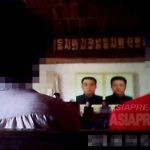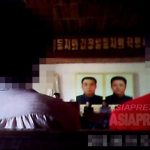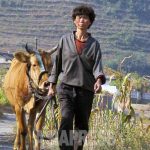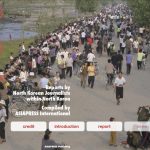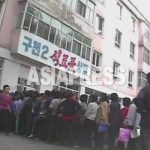2014/May/06
Written by PAEK Chang-ryong, a defector reporter
North Koreans purchasing pork at markets to compensate for rare state distribution
The North Korean public markets sell a variety of meats: pork, chicken, rabbit, mutton, turkey, dog and duck. Pork in particular, packed with vital fat and protein, which the majority of North Korean people chronically lack, is is highly favored as a cheap and nutritious food. The following pictures, documenting how pork is prepared, sold and circulated, were taken by our North Korean reporting partner.
In North Korea, food is supposed to be supplied through the state rationing system. Along with staple foods and various sorts of basic necessities, pork was also on the list of rationed items. Since the massive economic stagnation of the 1990s, the rationing system continues only on a nominal basis.
Even in the capital city, Pyongyang, prioritized for government food allocations, pork was rarely supplied at the public market, limited to certain special occasions such as the birthdays of Kim Il-sung and Kim Jong-il. On these days, pork was sold at these markets at a very low price, authorized by the state. But since the quantity of pork available was always limited, it was always sold on a first-come, first served basis.
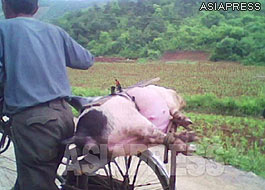 |
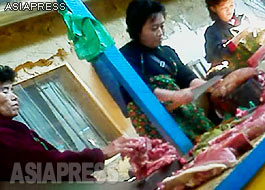 |
It is the reality of life in North Korea that if ordinary people want to eat pork, they go to the Jangmadang (market). The section for the preparation and sale of all meat products is congregated together in one area of the market. At each stall, slabs of meat are laid on the counter in an offhand manner. Many of the butchers are women, and they wield their instruments deftly, slaughtering the animal and dividing up the meat into portions for sale.
In North Korea, pork is normally sold with the skin, however, if the customer so wishes it can be skinned on demand at the counter. A slab of pork was being sold 17,000 won (=around 2 US dollars) per kilogram when this footage was taken. Considering 1 kilogram of rice costs 6,000 to 7,000 won, pork is not readily attainable for the ordinary people.
Pork is commonly said to be "nothing to waste", and in North Korea it is widely regarded as an invaluable accompaniment for many dishes. At these markets, it is not only raw meat that can be found for sale, processed and prepared meat products are also sold in various quantities. Sundae is one such popular, prepared meat product, consisting of boiled pork sausage stuffed with sticky rice. It is commonly eaten as a snack to go with alcohol.
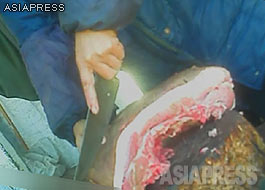 |
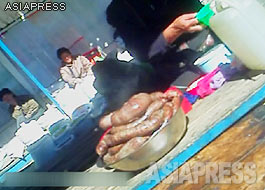 |
As in South Korea, pigs' trotters are considered a delicacy, and thought beneficial for breast-feeding women. Of course for men, trotters are unsurprisingly most often matched with alcohol and are often sold with bottles of liquor. When out for a drink, North Korean men will share the expense of buying various sorts of pork to wile the night away.
To know how often ordinary North Koreans have the opportunity to eat pork, it is important to consider their circumstances, as a lot depends upon where they live and their social position. The reality of a static social caste system in North Korea means that the privileged have easy access to some products, while people at the bottom of the social ladder have little opportunity to consume meat.
Judging from my days as a North Korean citizen, I believe that ordinary urban dwellers in major cities are able to eat pork once or twice a month. However, these days, people wanting to eat pork need to acquire it themselves in the public markets. People who cannot afford to buy meat eat cheaper "artificial meat", made of squeezed soybean, as a source of protein. (SEE our previous article on "artificial meat">>.) Although pork is a preferred meat among the ordinary citizens of North Korea, it continues to be a very precious food.
*** Rimjin-gang
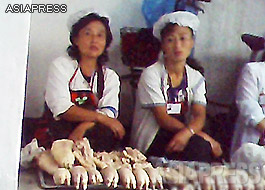 |
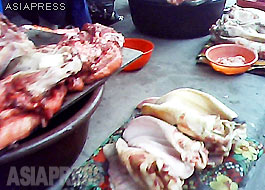 |
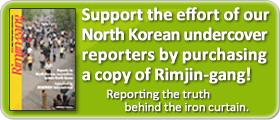
* Editor's notes on North Korean reporters
ALL REPORTS >>>
ARCHIVE(pdf) >>
